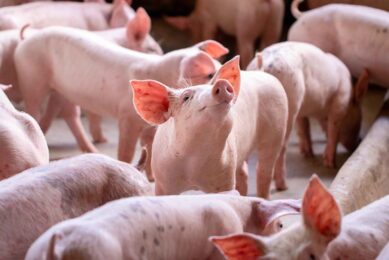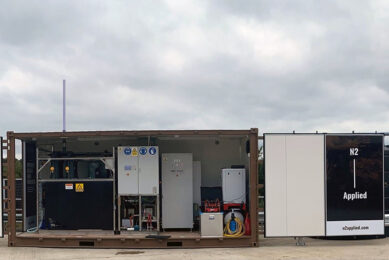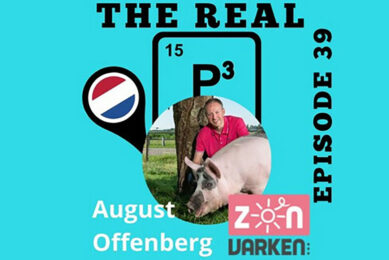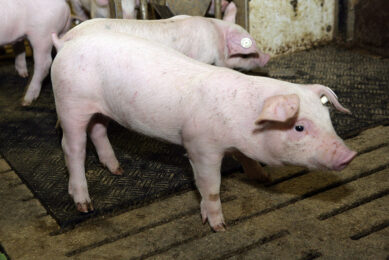Endotoxins – A constant threat
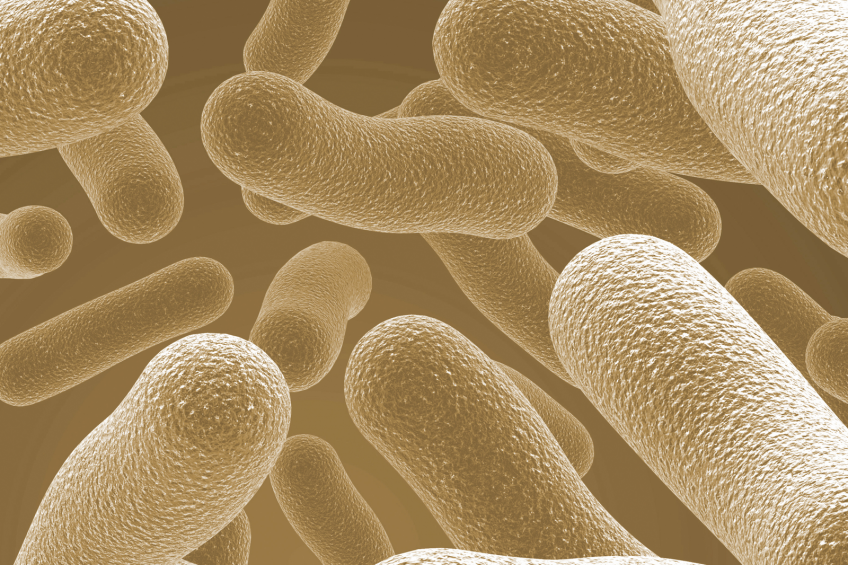
Endotoxins are present everywhere in the environment: in the air, the water, soil and in the gastrointestinal tract of animals. Protecting all livestock from their toxic effects should be a priority for everyone from feed to farm.
Endotoxins are toxic molecules which are part of the bacterial cell wall structure. The most well-known endotoxins are lipopolysaccharides (LPS). These are the building blocks of the outer membrane of Gram-negative bacteria. LPS are released into the environment when the bacteria multiply or when their cell membranes rupture through bacterial lysis.
LPS are chemically composed of an outer O-polysaccharide chain, an inner R-polysaccharide chain and lipid A (Figure 1). The latter is the toxic part of the molecule. The exact structure of lipid A varies between different bacteria, which leads to different levels of toxicity.
Figure 1 – Chemical structure of LPS from E. coli.

Transfer of endotoxins
In production animals the gastrointestinal tract is the main risk site where endotoxins can be transferred from the lumen into the bloodstream, where they exert their toxic effects. In healthy animals, the permeability of the gut is tightly controlled. The gut barrier is composed of gut epithelial cells (enterocytes) which are connected by tight junction proteins. This keeps endotoxins on the luminal side of the gut where they are not toxic to the animal. The immune system constantly ‘senses’ these endotoxins by specific receptors (TLR-4) present on the membrane of enterocytes. In case of good gut health, this is one of the mechanisms that help protect the animals against the constant threat of endotoxins (Figure 2A).
Several external factors (see box ‘Risk factors for endotoxemia’) are known to increase gut permeability. Further, a disrupted gut barrier is characterised by a higher number of TLR-4 receptors (excessive triggering of the immune system). Altogether, this promotes leakage of endotoxins into the bloodstream (Figure 2B).
Figure 2 – Transfer of endotoxins from the lumen into the bloodstream.

In ruminants, the translocation of endotoxins into the blood circulation can also take place across the rumen epithelium. This epithelium has a multi-layer structure and is covered by keratinised cells, which act as a protective barrier. Moreover, TLR-4 receptors are also present to protect the animal against endotoxins. However, a low ruminal pH and a high osmolality reduce the epithelial barrier function and increase endotoxin translocation from the rumen into the blood.
Endotoxemia
Once in the bloodstream, endotoxins induce an inflammatory immune response: they bind to TLR-4 receptors present on the membrane of macrophages after which these produce inflammation markers, such as IL-6, TNF-α and IL-1β. These inflammatory markers modulate the functioning of different tissues and they trigger the liver to produce acute phase proteins. Generally, these excessive immune processes consume a lot of energy and nutrients which come at the expense of the production of meat, eggs, and milk. In the worst case, high amounts of endotoxins can result in septic shock and even death.
It’s clear that it’s essential to take measures to minimise transfer of endotoxins into
the bloodstream. This can be achieved by limiting damage to the gut barrier function and by reducing both the amount and toxicity of endotoxins residing in the gastrointestinal tract.
Nutrex developed a new innovative feed additive, EndoBan, by combining different strategies to help farmers and feed mills to reduce the negative effects of endotoxins before they can reach the bloodstream, thereby lowering the potential for endotoxemia and the subsequent effects on animal performance.
Risk factors for endotoxemia




